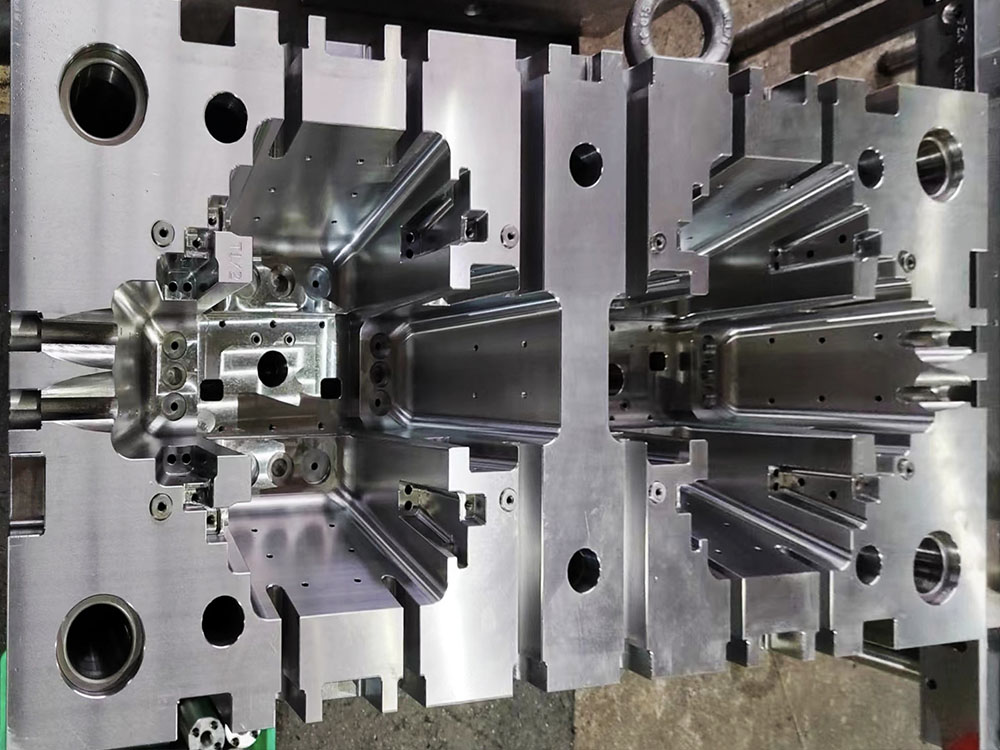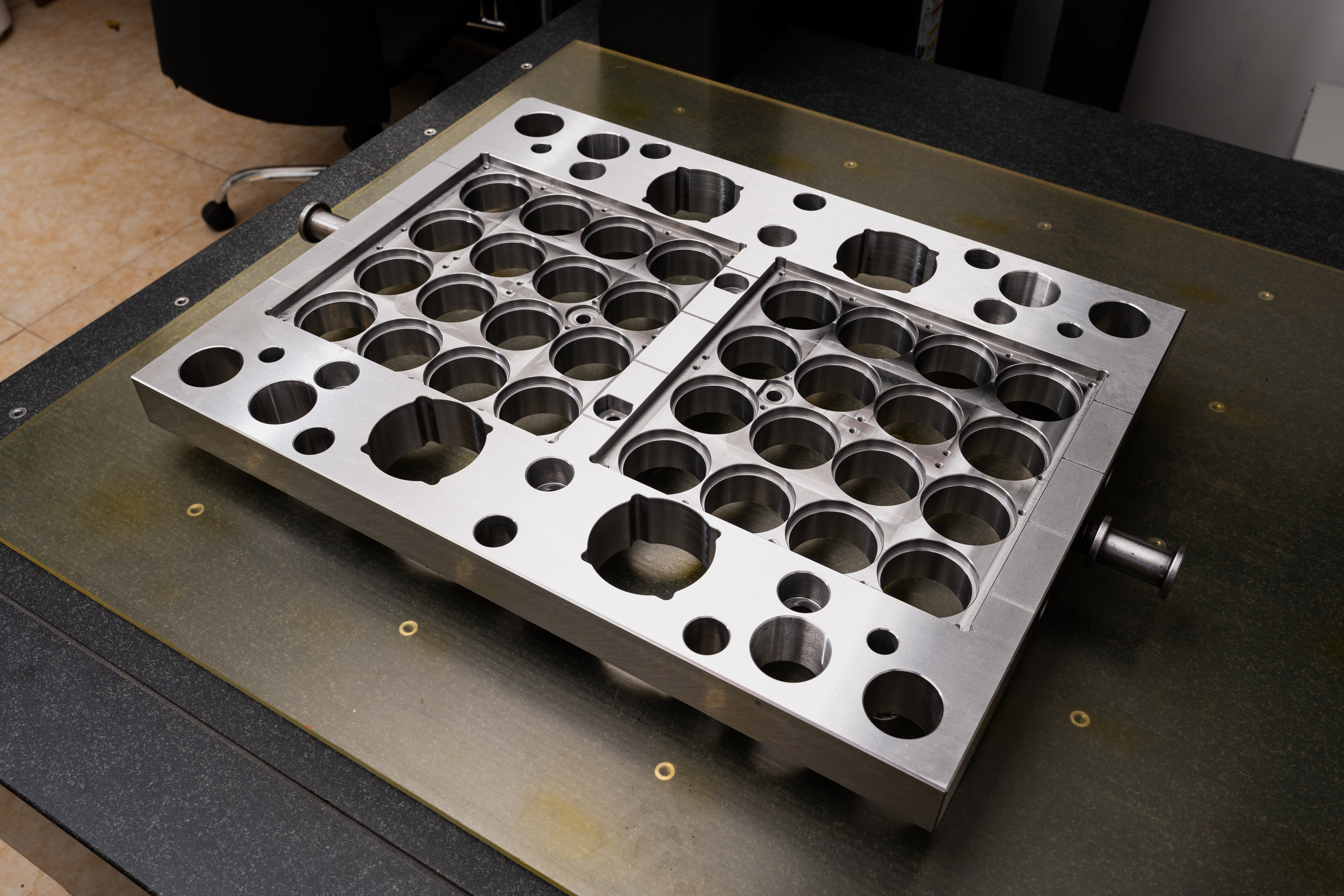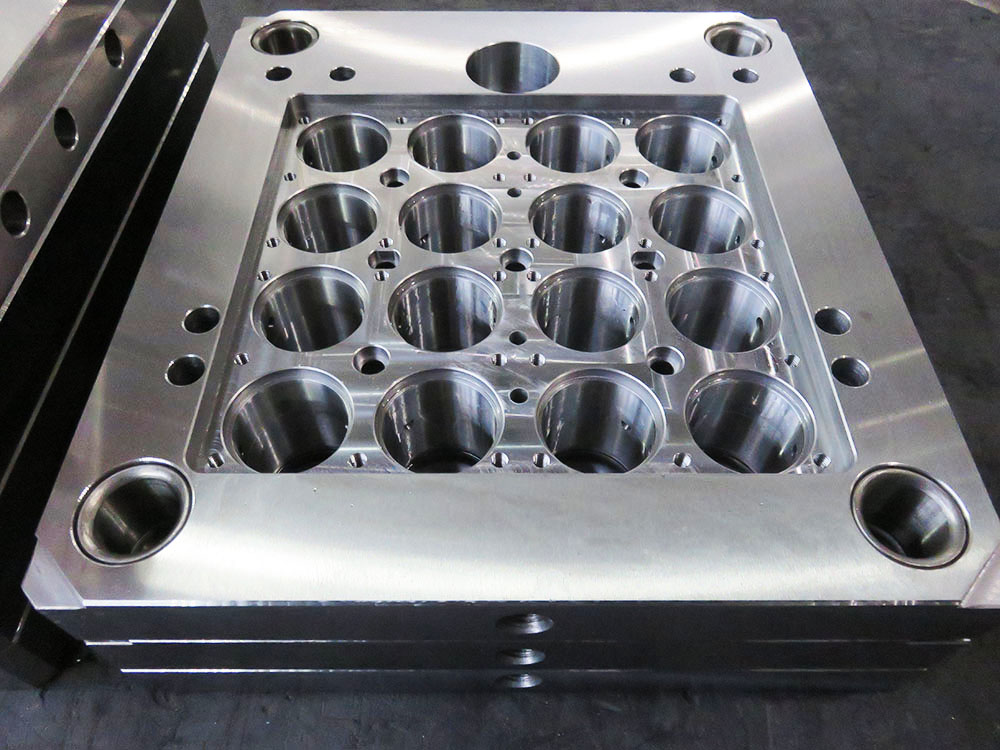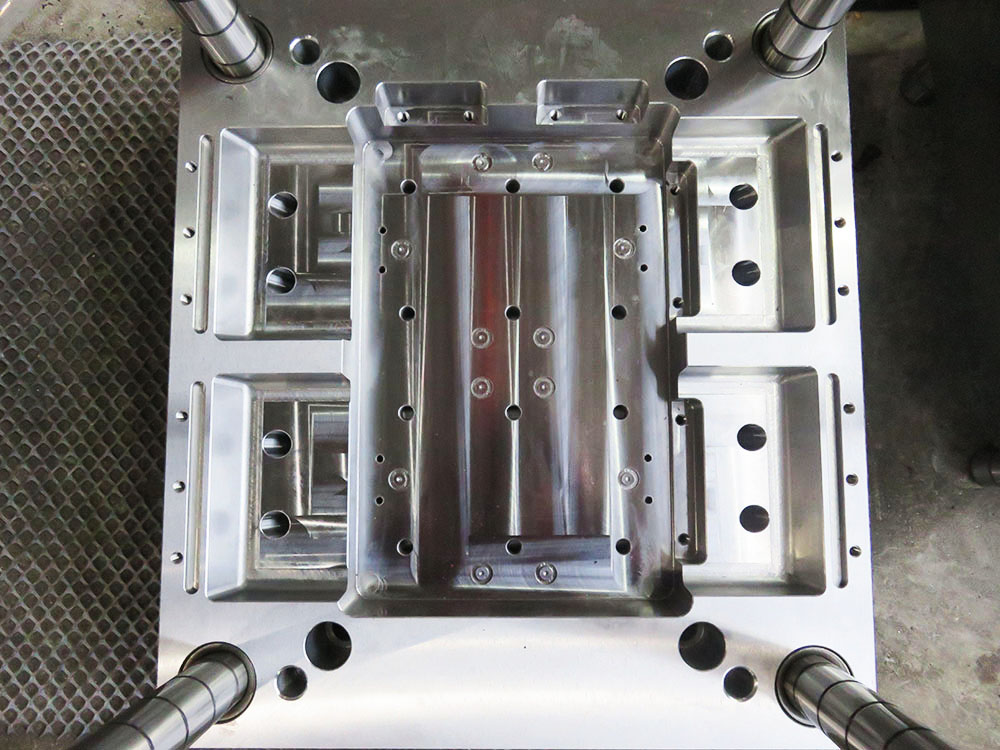How to Convert UG Model to CAD 2D: A Step-by-Step Guide
Converting UG models to CAD 2D is a crucial step in the Mold Base industry. It allows designers to create accurate and detailed 2D drawings for manufacturing purposes. In this guide, we will walk you through the step-by-step process of converting UG models to CAD 2D.
Step 1: Import UG Model
The first step is to import the UG model into the CAD software. Most CAD software supports the import of UG files directly. Simply locate the UG file on your computer and import it into the CAD software.
Step 2: Adjust Scale and Units
Once the UG model is imported, you need to ensure that the scale and units are correctly set. This step is crucial to ensure the accuracy of the 2D drawings. Check the scale and units of the UG model and adjust them accordingly in the CAD software.
Step 3: Convert 3D Model to 2D
After setting the scale and units, it's time to convert the 3D UG model into a 2D representation. In the CAD software, locate the appropriate tools or functions to create 2D drawings from the imported UG model. Use these tools to generate 2D views, such as front, top, side, and isometric views.
Step 4: Add Dimensions and Annotations
Now that you have created the 2D views of the UG model, it's time to add dimensions and annotations. Dimensions provide the necessary measurements for the manufacturing of the Mold Base. Annotations include callouts, notes, and symbols that provide additional information about the design. Use the available tools in the CAD software to add these dimensions and annotations to the 2D drawings.
Step 5: Check for Accuracy and Completeness
Once you have added dimensions and annotations, it's crucial to check the 2D drawings for accuracy and completeness. Ensure that all the necessary dimensions and annotations are included and that they accurately represent the UG model. This step is essential to avoid errors during the manufacturing process.
Step 6: Save and Export the CAD 2D Drawings
After verifying the accuracy and completeness of the 2D drawings, it's time to save and export them. Choose a suitable file format, such as DWG or DXF, that is compatible with the manufacturing process. Make sure to save the files in a location that is easily accessible for future use.
Conclusion
Converting UG models to CAD 2D is a crucial step in the Mold Base industry. It allows designers to create accurate and detailed 2D drawings for manufacturing purposes. By following this step-by-step guide, you can effectively convert UG models to CAD 2D and ensure the accuracy and completeness of your designs.




